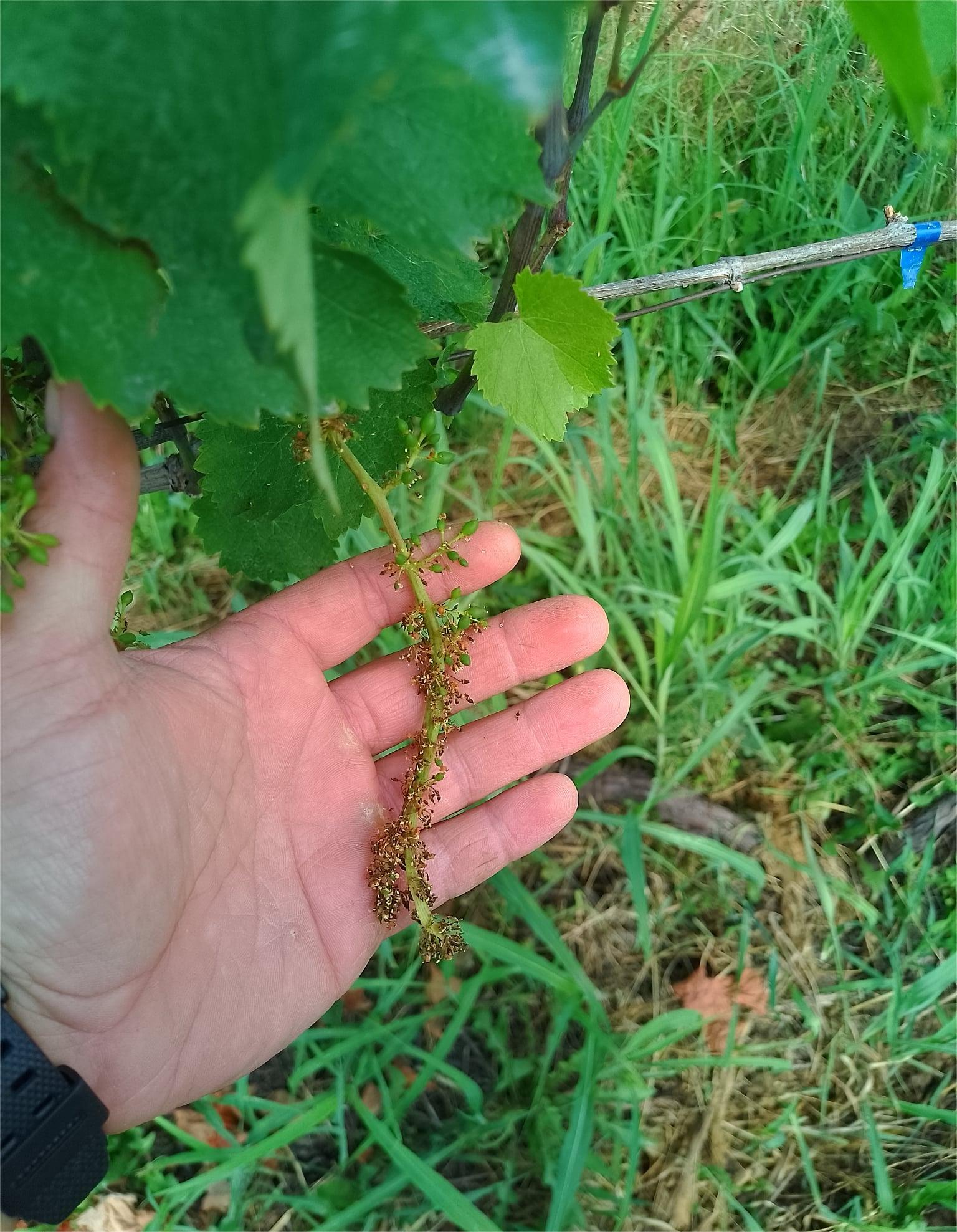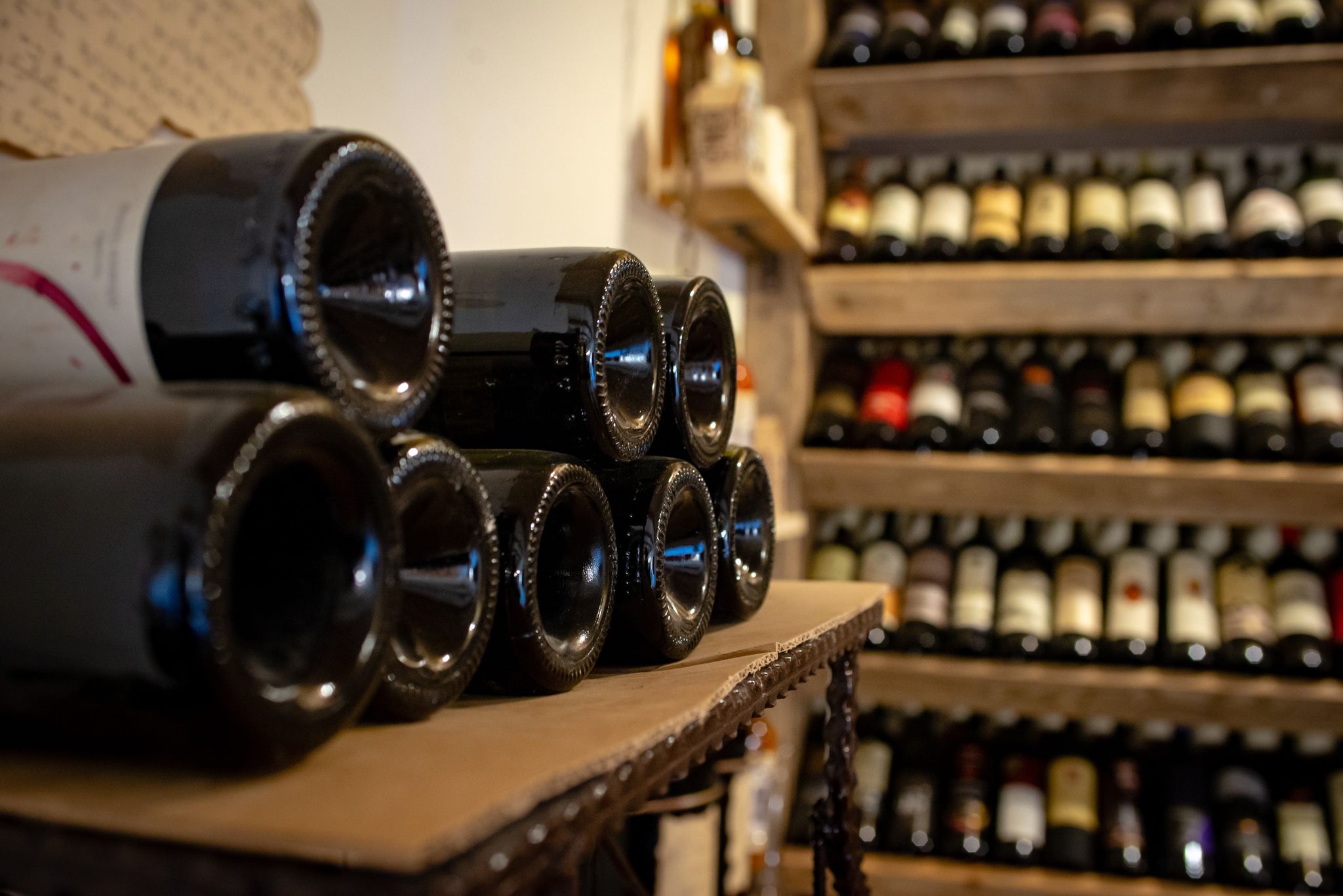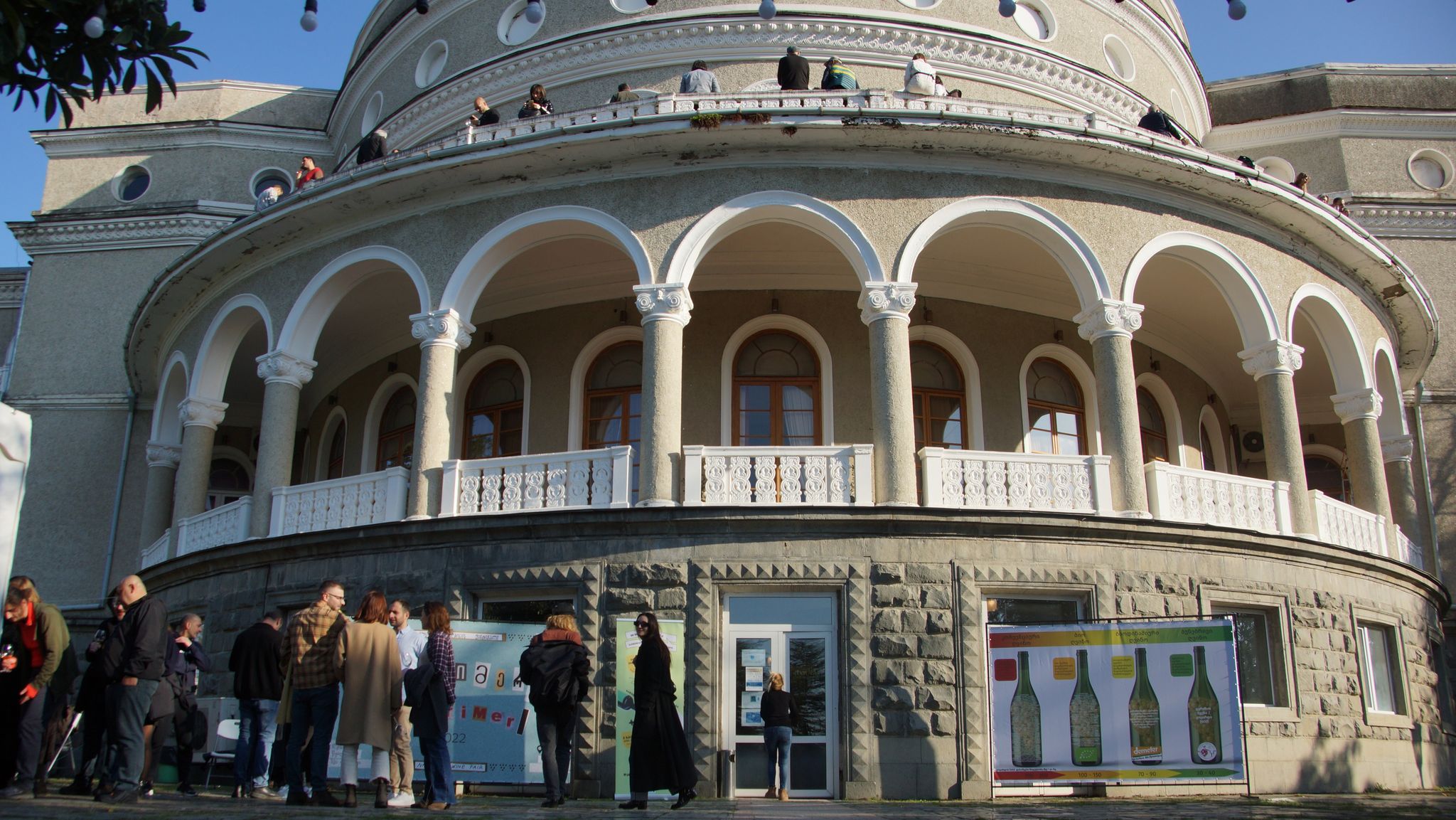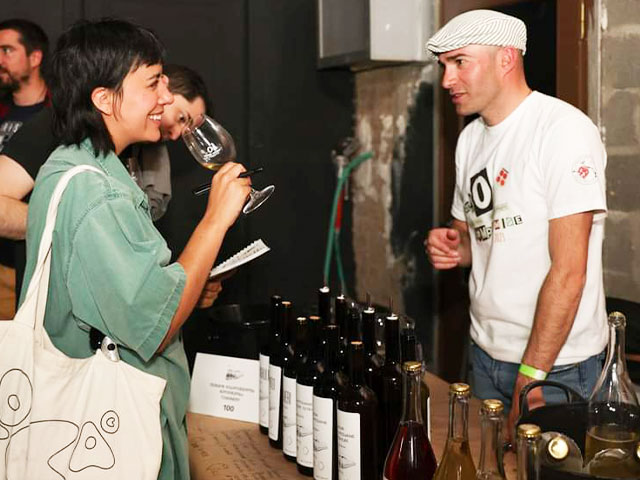News . 14-11-2025

“When Vakhtang VI Fled from Kartli, This Is What Happened to My Rkatsiteli” Stories of an Unequal Fight Against Downy Mildew
This spring and summer have shown that predicting outcomes in viticulture — and counting on a good harvest in advance — is impossible. A snowy winter and a cool first half of spring raised hopes that, as in 2024, Georgia’s famed wine regions would yield a bountiful, high-quality crop. But hopes often diverge from reality. Unsettled weather from May through early July created perfect conditions for downy mildew, and today many growers report a surge in infections.
This year’s battle against grape fungal diseases proved particularly tough for those who depend on contact sprays. Compounds such as ancestral blue vitriol or the modern Bordeaux mixture only protect vines when the spray fully dries on the leaf surface — and remains intact until the next rain-free window.
Growers say that timing treatments immediately after rainfall is crucial yet nearly impossible to coordinate. In May and June, some regions endured three consecutive days of rain followed by a single dry morning. Winegrowers raced to spray their vineyards, only to see that evening — or the very next day — bring more rain, washing away their efforts and negating the treatment’s effect.
Representatives of member wineries of the Natural Wine Association share their experiences of fighting fungal diseases on NWA.GE.
Rezo Getiashvili of Vazha Getiashvili Winery sums up the year’s challenges: “This has been a disastrous year. Cultivation has ruined me. Continuous rain prevented tractors from entering the vineyards. For the first time, prolonged rain in the cultivated vineyard made it impossible for a tractor to enter and the vineyard was ruined. My advice to colleagues is to avoid tilling in June!
Vardisperi Rkatsiteli proved extremely sensitive to downy mildew during flowering and budding — more than I ever imagined. Downy mildew always affects Grdzelmtevana grapes at flowering, and I knew this. When Vakhtang VI fled Kartli, this happened to my Rkatsiteli: we lost 60–80 percent to downy mildew. Grdzelmtevana is practically wiped out, though our other varieties remain in acceptable condition.”
Frequent late-spring rains in Garekakheti, coupled with persistent fungal outbreaks, inflicted heavy losses on local vineyards. Akhmeta and Sighnaghi municipalities faced a similar fate. In some Telavi plots, downy mildew struck at the flowering stage: leaves stayed green while young clusters withered. Only after a secondary bloom did a few surviving bunches reappear.
Gurjaani endured rain from May through mid-June — often two or three showers a day. Brief sunny intervals between downpours created ideal conditions for disease proliferation.
Zura Khvtisiashvili of Khvtisias Wine recalls: “In Kardenakhi, downy mildew devastated my Rkatsiteli this year. Saperavi held out longer, and surprisingly Kisi — despite its delicate nature — resisted the fungus entirely. I lost about 70–80 percent of Rkatsiteli in just four to five days. When I last sprayed, mildew was only on the leaves; five days later, the bunches were dead.
I was late with shoot thinning, but even in blocks where thinning was done on time and systemic fungicides were applied, we still saw significant damage. Shoots that emerged first survived relatively well, while later ones were completely lost. Saperavi remains unscathed — for now. We’ll see if Saperavi and Kisi can hold on until the end.”
In Imereti — particularly Baghdati and Zestaponi — persistent humidity and rains from March through May set the stage for downy mildew. A subsequent hot spell allowed the fungus to inflict significant crop losses.
In Terjola, spring frosts in early March froze young shoots before the rains even began. Across much of Imereti, downy mildew remained patchy this year, but its relative absence did not translate into a good season.
Giorgi Mshvenieradze of Mshvenieradze Marani explains: “In May and early June, downy mildew dealt us heavy losses. Our vines have virtually no clusters left, and we’re still spraying leaves to contain it. Mid-June brought a brief lull, but it was too late to reverse the damage. A perfect storm of mildew-friendly weather, overconfidence in minimal spraying, and my own absence from Georgia delayed our treatments right when we needed them most.”
In Kartli, persistent rain and downy mildew have taken a heavy toll on vineyards. In Gori, hail and fungal outbreaks compounded existing challenges — and even finding vineyard labor has become difficult this season.
Kvemo Kartli’s wine regions fared no better. In Dmanisi and Bolnisi, erratic weather patterns left many growers scrambling for solutions. In Bolnisi, despite the absence of hail, prolonged rains followed by heat fueled downy mildew, resulting in widespread vine damage.
Levan Sebiskveradze





